Second brain: Your Database for everything
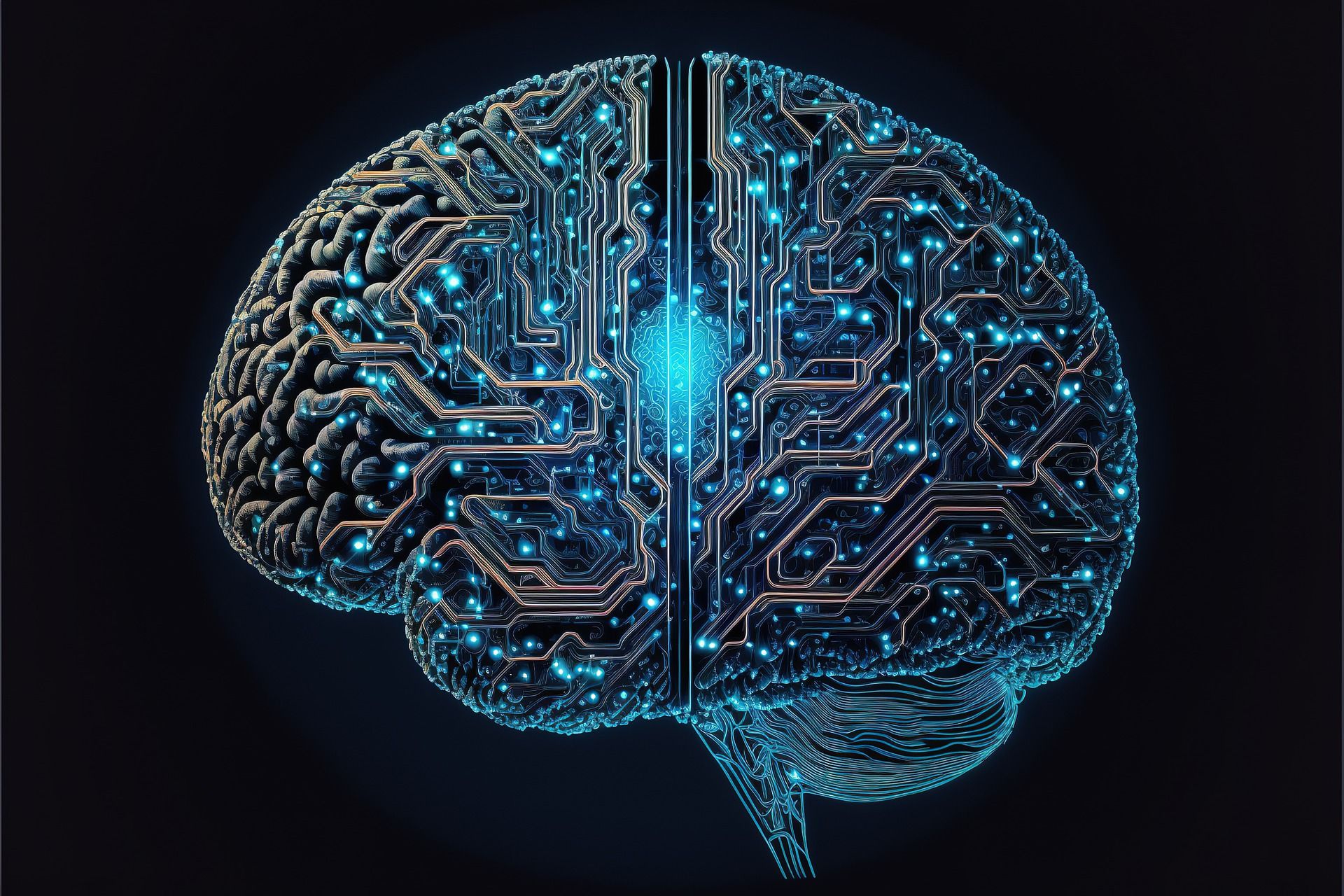
“Your brain is for having ideas, not for holding them.” - David Allen
In my first post it talked about two problems: Having no goals and information overload. In my previous posts we mostly talked about how to reach your goals. Now we are switching to the second problem I mentioned: Information Overload.
A taskmanagement, as mentioned in the previous post, already helps a lot with getting things off your mind, but that’s only half of the story. It is only a part of a bigger system that helps you manage all the information you care about and sets it in context to assist you with getting things done and also with being creative.
Simply said the brain tends to remembers things that are either “traumatic” or repeated again and again. Since having intensive emotions about the things we want to learn is not always possible, it usually is quite time consuming to remember information. Additionally, the things we want and/or need to remember increase, a more effective way of handling huge amounts of information, in my opinion, is having a second brain.
A second brain basically splits the responsibilities of your brain. Simply said, your organic brain is for having new ideas and processing information while your second brain takes care of remembering information. As you can imagine, establishing a system like this is quite complex and highly individual. That’s why I will keep the explanations somewhat abstract but will support the concepts with how I or others do it.
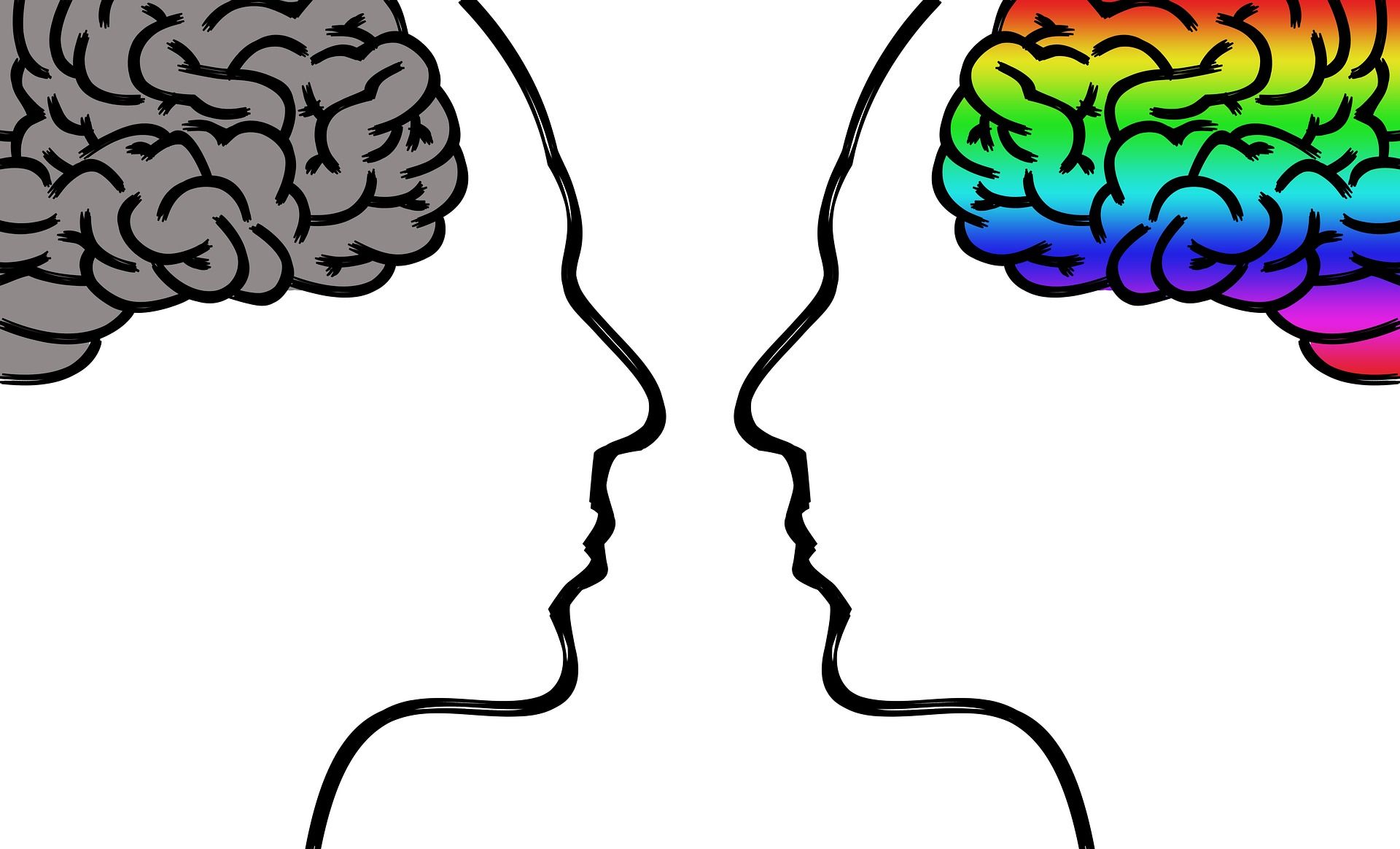
What exactly is a second brain? And why is it so useful?
As I already told you abhove a second brain assists you with memorizing information. It does not simply store information because information alone is not of much use. A second brain also provides information to you in a way that is helpful for the things you want to do.
Imagine having a big database with all the thoughts you found worth keeping in the past. Let’s say you want to start a project. A second brain would support you with information needed, a raw database wouldn’t. You would have to look everything up to get information about the topic you want to do a project of. This is something google can probably do as well.
A good second brain enables you to get creative with new projects because you never have to start anything on a blank page anymore.
When I want to write a blogpost about productivity, I normally would open a blank page and start thinking what to write about exactly. Having a good second brain allows me to instead import all the things I already read, listened to and thought of about productivity. That way I (almost) never start from scratch and in this case research time is only a fraction of what it normally would be.
The C.O.D.E. system
Establishing a usefull second brain depends on habits and systems to unlock its full potential. I will break the process down into 4 steps, called the “Code System”.
Imagine your second brain like a big circular room. There are huge brown bookshelves standing at the wall which are filled with different coloured books. The room is flooded with light since it has no roof. You can easily see and access all the things you found interesting in the past. It is the perfect space to create new things because you have everything you need here.
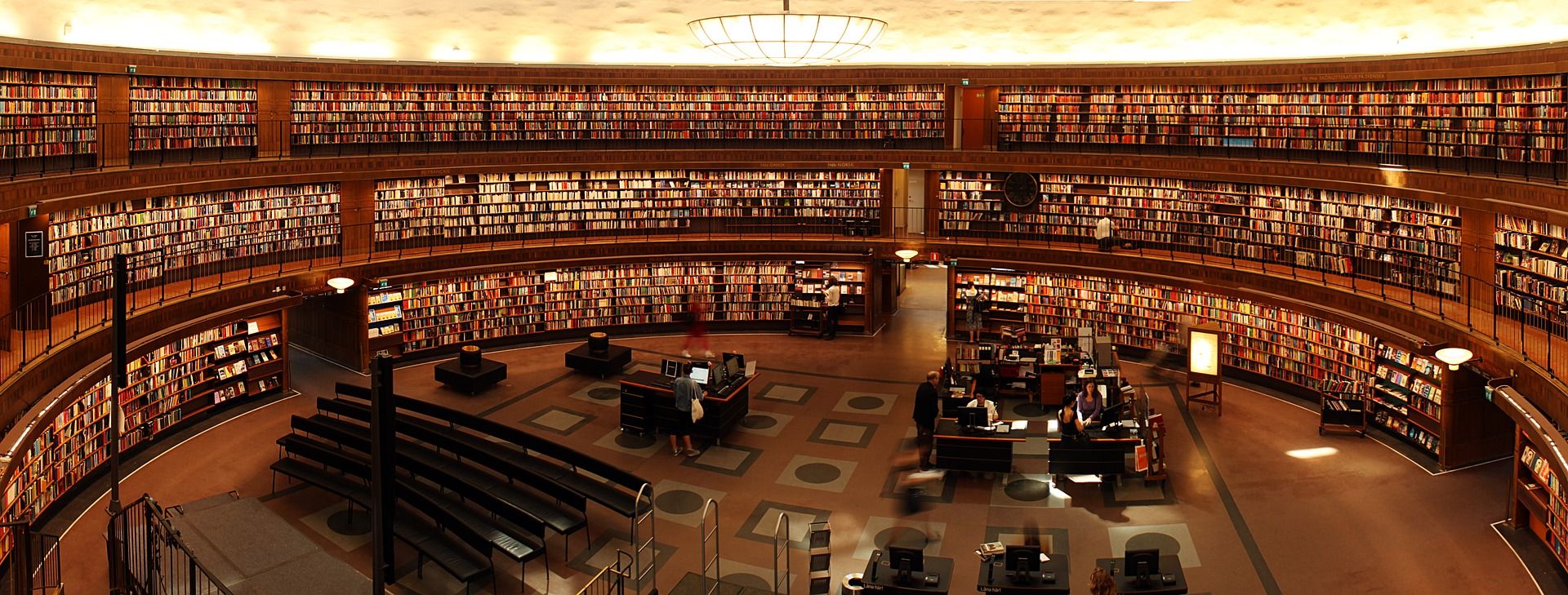
📥 C: Capture - A pile of notes
Your second brain library has a big, round blanket in the middle of the room. From time to time you can see sticky notes float down from the open ceiling. The stack gets bigger and bigger until you decide it’s time to clean it up again.
What to capture
The first step is to get stuff into your system. I would recommend capturing anything that sparks your interest in any way. This means you should not capture anything you come across. If something is not interesting for you it will most likely not help you in the future. Gather ideas that you find interesting, suprising or worthwhile in another way. The source can come from anywhere like a book, podcast or a thought.
How to capture
I believe it is important that everything you gather goes into a single place where you can further process the information you gathered. That means you need to have an inbox tha can handle all the things you want to keep for your second brain.
There are people that have a framework of apps to funnel all the things they consume into one single place. Youtuber Ali Abdaal has a nice → video ← on his system which I can recommend if your main input sources are digital and you are a kind of “automate everything” type
I personally have an inbox notion page where I simply throw all the stuff in that is worth keeping. Everytime I have an interesting thought, I write it down into my inbox. When there is something I want get recommended, I paste the link or take write a note into my inbox so I come across this piece later.
📚 O: Organize - The bookshelf
The stack of notes in your library has grown in size since the last time you checked. You decide that it’s time to clean your inbox blanket. As you look around you find a huge paper bin next to the pile of sticky notes. You start reading the notes. Some need additional information to fit into a book you already have. Other notes might need a new and blank book because they are completly new to you and some land in the paper bin because they are not important.
How to handle your notes
The most important thing is that you process your inbox regularly.Otherwise it will become more and more work and with it the resistance to sort the inbox rises as well. I personally sort my inbox every week.
Now read the things you have written down and think about what to do with this particular thing. Before you decide where to put it ask yourself:
Do I understand what I meant with this note? Will I understand this in the future? If not, add something or rephrase that note to clarify what you want to keep.
It will unavoidably happen that you write something down you don’t know what it was about anymore. That is normal but try to get in the habit to accept that your future self is not as smart as you might think. So try to describe the things you write down as good as you can.
Is this piece of information important for me or will it be important in the future? If not, don’t mind to delete your note.
The PARA System
To organize your notes you need a system for your bookshelf so you find the information in a later moment of time. The para system is a concept that improves your likelyhood of you acting on something. It is a quite common system for organisation which consists of the following folders:
- Projects
Those are things you are working on right now. This could be “learn how to cook the perfect pizza” or anything else that is more than a simple task. - Areas
Areas are topics for the projects you are working on at the moment. E.g. “Health” can be an area where different projects like “learning 20 healthy recipes” and “loose 10kg of weight” could live. - Resources
This is a hub for all the things you are interested in. I personally don’t have a dedicated “area” space, because I link important ressources pages directly to projects I might need them for. - Archives
The Archive is everything that is not used at all at the moment but is worth keeping. I use this for finished projects, tasks, books and so on.
⚗️ D: Distill - Your text marker
It’s a warm night with a clear sky and the moon shines into your second brain library. Everything is cleaned up and the notepile in the middle of the room doesn’t need cleaning at the moment. As you read trought your books and notes you find expecially helpful pieces. You highlight those pieces with a big yellow textmaker. That way you don’t have to carefully read the whole book to get the most important information in the future.
Since you gathered all the things you want to keep and sorted it into your library it is time for the next step. Distilling is about refining the information to make it even more accessable. This might not be needed all the time, but I find it very usefull for books & Podcasts because the things which are most interesting for me can be cut down to a few pages. This makes the information you need easier to extract from you library.
🌟 E: Express - The door to the outside world
Your library is now clean and always up to date. The books are all sorted and you know exactly where to find every piece of information. Now it is time to make use of all the information. On one side of the room you see a blank space with no bookshelves. Instead there is a big wooden door with golden decorated ornaments. Next to the door is a big lever with a golden handle which has the word “start” engraved into it. You pull it and the door slowly opens creaking and squeaking. As the door to the outside world opens, a flow of information arises and everything seems to go by itself.
The last part of the CODE Method stands for “express”. It is about getting your work out to show to other people. This opens a valuable stream of feedback and learning opportunities. In my personal view “express” in this matter also means that your second brain assists you in creating something new. That is why I never start from a blank page as mentioned abhove, because my second brain hands me all the information I gathered already for a new project as soon as I start it. Creating something and sharing it with others enables you to improve the quality of your ideas.
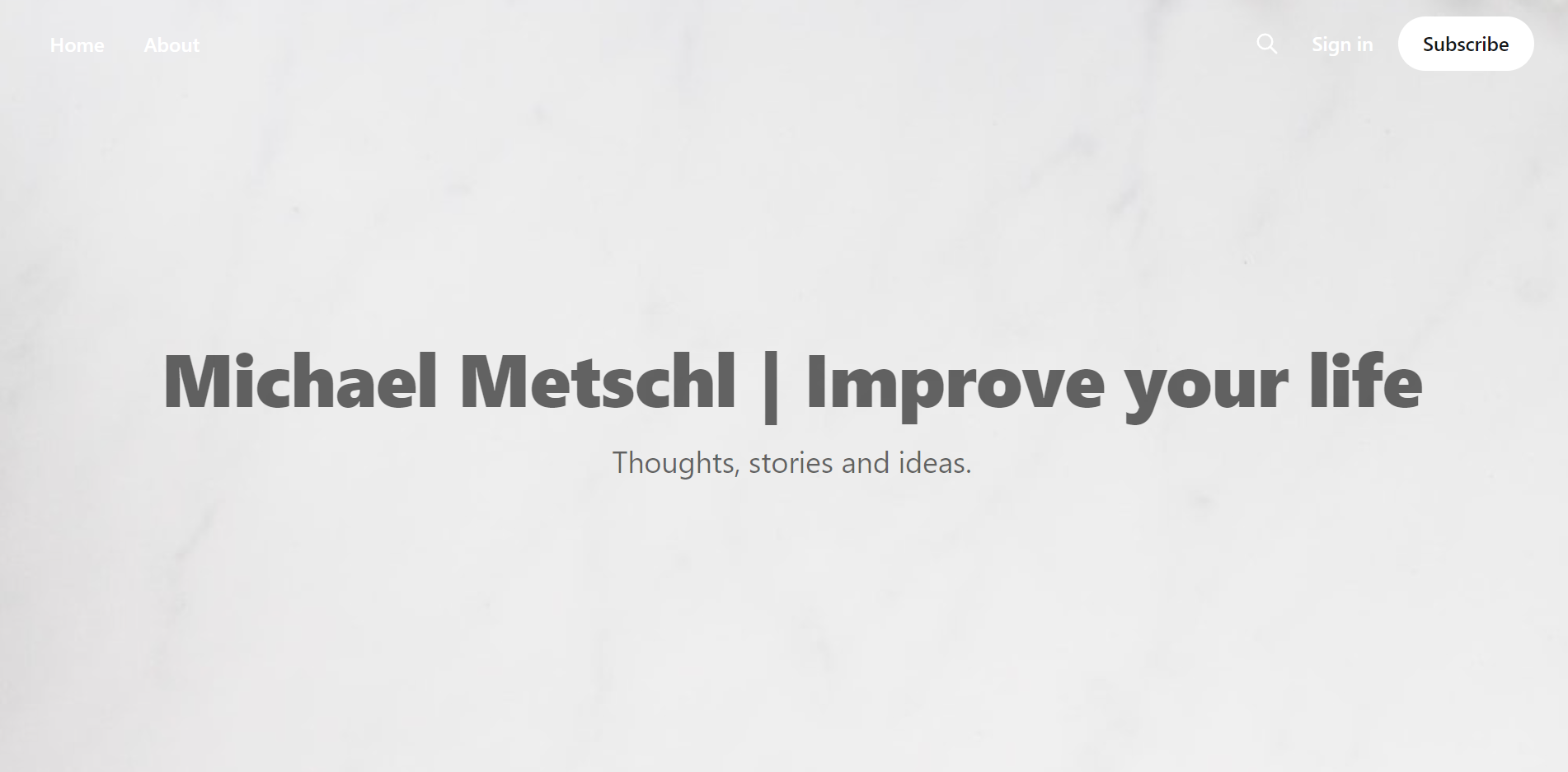
Since the second brain is the backbone of a good productivity system which inherits all the things I talked about in my previous posts, I will release a template for a second brain when my last post goes online. This will be on 1.1.2023!
I publish posts for this productivity series every two weeks so if you want to stay posted on my releases subscribe to my E-Mail Newsletter and follow me on social media!
Instagram | Twitter | Pinterest | Linkedin | E-Mail newsletter
Have you already established a second brain? Do you agree with the things I said or do you have a different oppinion?
Conclusion
The outcome of a second brain should not be that you stored all your information, but that the information helps you with future stuff you want to do. That’s why its important to sort it in a way you can use it in the future which enables you to start something new with an abundance of input.
Use the C.O.D.E. method to create a working second brain system

- Capture Write down everything that you think is worthwhile and gather everything in an inbox.
- Organize Regularly review your inbox. Add, change or throw away notes and sort them into your system.
- Distill Highlight important things and summarize information to make to make your knowledge accessable.
- Express Create new things with the help of your second brain and share it with others. That opens the door for a feedbackloop that refines your ideas and helps you grow.
Final tips:
Start simple: a second brain can be something very complex and individual. Rather start with a low complexity system. I think downloading a “perfect second brain” might be overwhelming if you are new to the topic. Also I believe that a second brain is a system that needs to be customized for every person.
Use the code-method to almost passively work on your projects. Everytime you have an idea or a thought about a project that might help you, write it down.
Next time: “Productivity: Everything you need to know”
This will mark the last post about productivity for now where I wrap up everything I talked about in the previous post and write down some general things how I think about productivity and additional information bits I find very usefull.
More about “second brain”
- Ali Abdaal - Building second brain
- Thomas Frank - Ultimate Second Brain Video
- Elizabeth Filips - My Second Brain in Notion - Full Setup
- Ali Abdaal - The Second Brain - A Life-Changing Productivity System
- Tiago Forte - Building a Second Brain*
- Thomas Frank Explains - The ULTIMATE Second Brain Setup in Notion
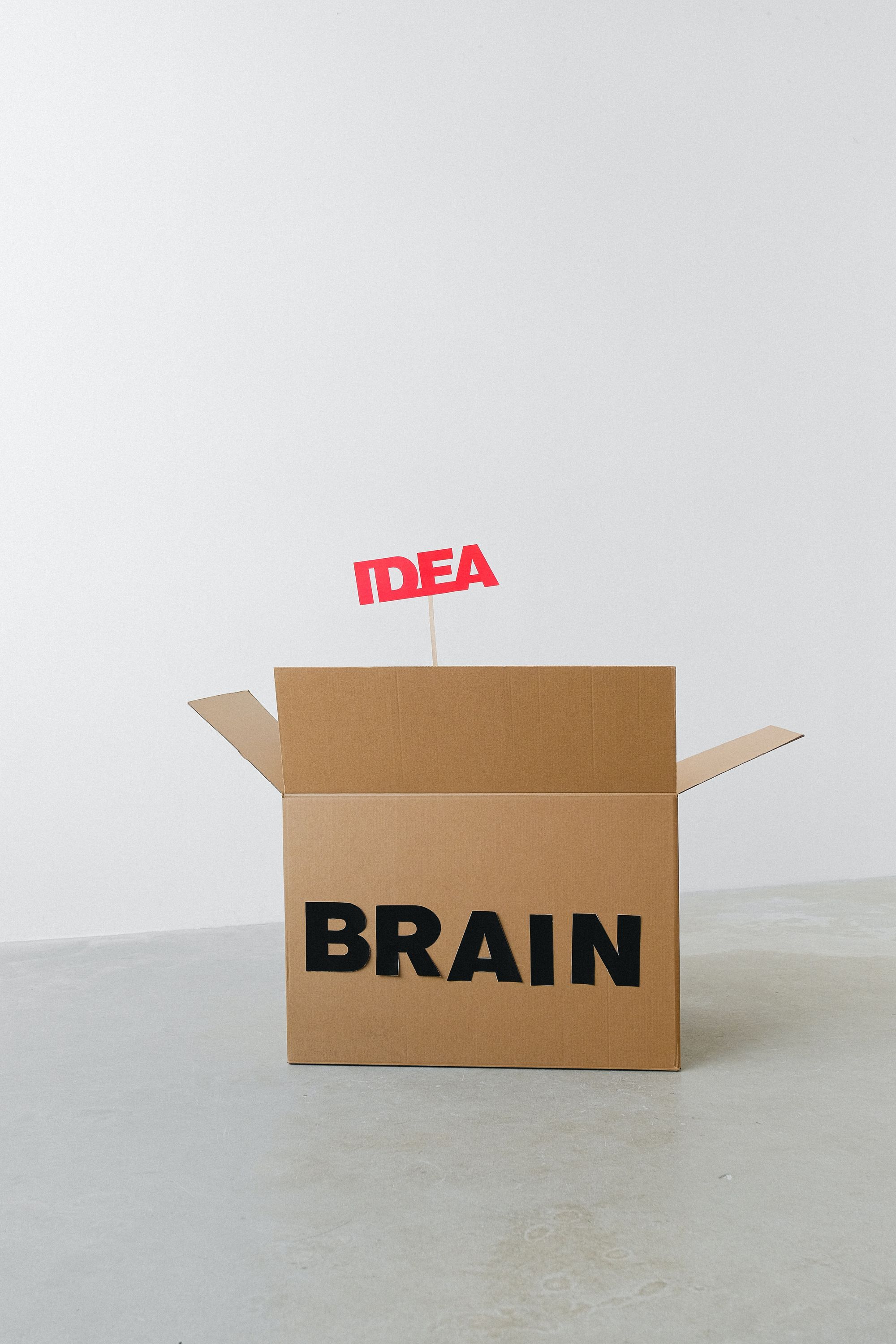
→ Links marked with “*” are affiliate links
